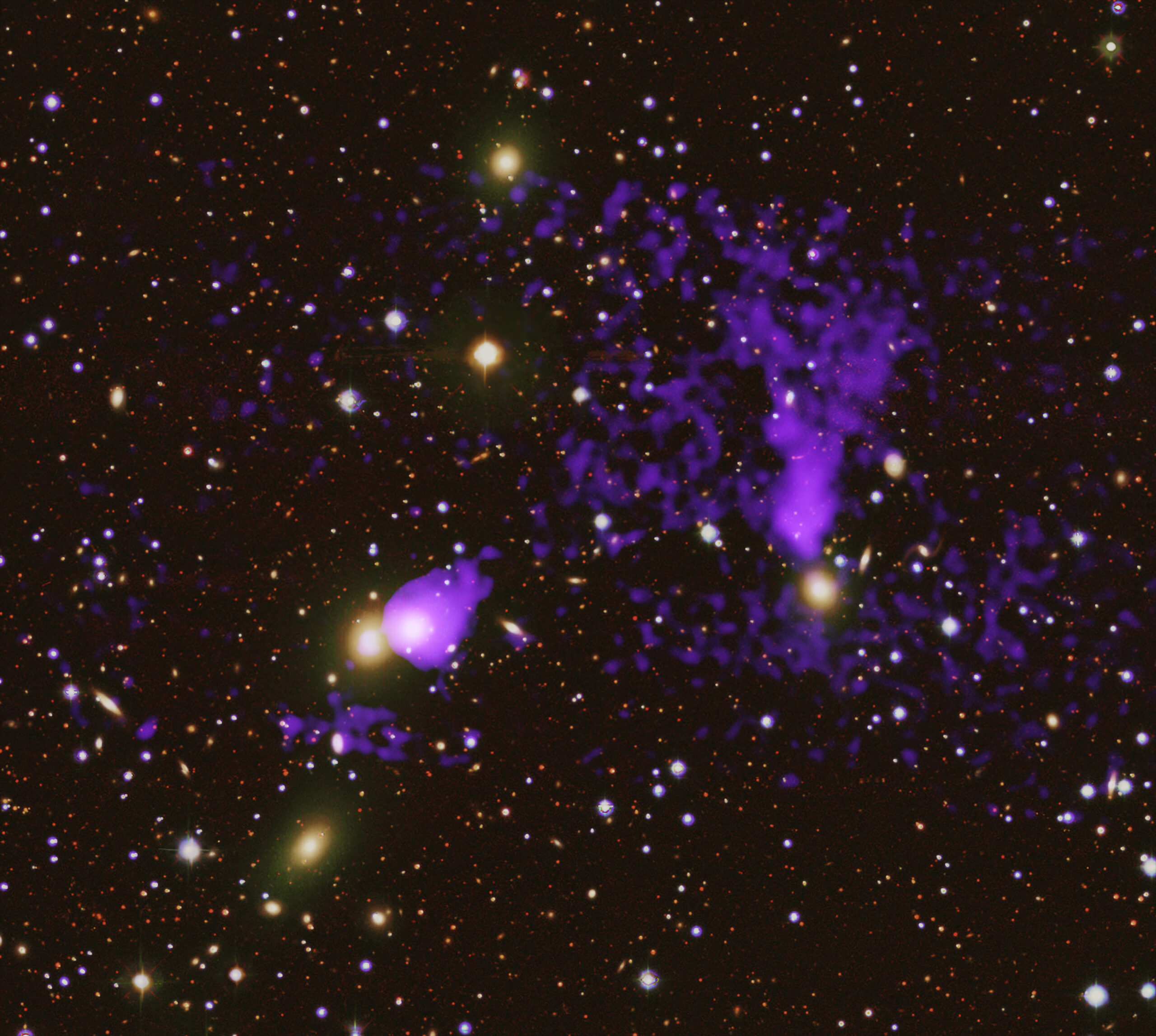Lights break up the sillouette of seals into smaller shapes which are more difficult for sharks to identify as prey. Credit: Macquarie University
Surfers could be protected from future shark attacks following new discoveries about how to trick sharks’ visual systems made by Professor Nathan Hart, head of Macquarie University’s Neurobiology Lab, Dr. Laura Ryan and colleagues.
The new paper, “Counterillumination reduces bites by Great White Sharks,” is published in the journal Current Biology. Hart, Ryan and their co-authors say their work “may form the basis of new non-invasive shark deterrent technology to protect human life.”
These researchers previously discovered that Great Whites place a high reliance on their eyes to locate prey, lunge upwards to take potential food such as a seal in their jaws.
In related studies, researchers have found that Great Whites are likely completely color blind with poor visual acuity, compensated by their strong ability to detect a silhouette. But the shark’s poor vision means they can’t distinguish the silhouette of a surfboard or a human in the water from a seal, leading Great Whites to pose a danger to people.
The researchers took inspiration from juvenile plainfin midshipman fish which have photophores on its underside that produce light and disrupt the shape of its silhouette.
They trialed a method to disguise silhouettes on the water surface using lights so that the shark would not see them as food.
To test out this counterillumination strategy, Dr. Ryan took multiple trips over six years in the notorious Great White shark hot spot, Mossel Bay in South Africa.
The researchers towed 1.2m long, seal-shaped foam decoys on a 20m line behind a boat to attract sharks to attack. Then they used LED lights, in different configurations, to break up the silhouette of the decoys. They found lights placed in stripes across the bodies of the seal decoys perpendicular to their movement were an effective deterrent.
“It’s sort of like an invisibility cloak but with the exception that we are splitting the object, the visual silhouette, into smaller bits,” says Professor Hart. “It’s a complex interaction with the shark’s behavior. The lights have to be a certain pattern, a certain brightness.”
More information:
Laura A. Ryan et al, Counterillumination reduces bites by Great White sharks, Current Biology (2024). DOI: 10.1016/j.cub.2024.10.042
This content was originally published on The Macquarie University Lighthouse.
Citation:
LED light strategy deters Great White shark attacks (2024, November 11)
retrieved 11 November 2024
from https://phys.org/news/2024-11-strategy-deters-great-white-shark.html
This document is subject to copyright. Apart from any fair dealing for the purpose of private study or research, no
part may be reproduced without the written permission. The content is provided for information purposes only.





